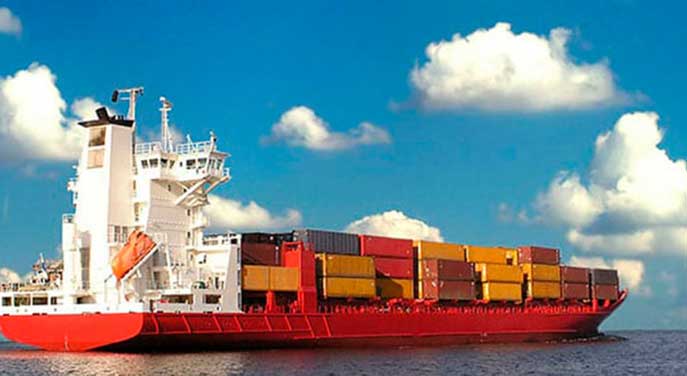Canada’s current account deficit narrowed by $10.2 billion to $6.4 billion in the second quarter, the lowest level since Canada returned to a deficit position at the end of 2008.
A report released on Thursday by Statistics Canada said the reduction mainly reflected a much lower deficit on goods.
“The deficit on trade in goods and services narrowed by $9.3 billion to $5.5 billion in the second quarter. Exports were up by $8.0 billion, led by higher sales of energy products. Imports were down by $1.3 billion, largely on lower imports of aircraft and other transportation equipment and parts,” it said.
“The current account is the broadest measure of Canada’s trade activity with the rest of the world. Since 2009, Canada has recorded a current account deficit every year with services posting the largest cumulated deficit, followed by investment income and goods.”
The federal agency said direct investment in Canada accelerated on higher mergers and acquisitions activity in the second quarter. But direct investment abroad exceeded direct investment in Canada by $4.3 billion.
“Exports of goods increased by $7.6 billion, to $154.1 billion. Energy products accounted for the largest share of this increase, up $3.4 billion on higher prices and volumes of crude petroleum,” added StatsCan.
On a country basis, the goods surplus with the United States reached $15.9 billion, the highest in over 10 years. The goods deficit with non-U.S. countries narrowed by $2.9 billion, mainly on lower deficits with China, the Netherlands and Belgium, it said.
“Direct investment in Canada increased to $21.7 billion in the second quarter, up from $12.0 billion in the first quarter. This was the highest investment since the third quarter of 2015. Foreign mergers and acquisitions activity in Canada were the main contributor to this increase. On a sector basis, direct investors targeted mainly the energy and mining industry,” said Statistics Canada.
“Direct investment abroad totalled $25.9 billion in the second quarter. More than half of this activity was in the finance and insurance industry. Mergers and acquisitions activity totalled $9.7 billion, down from $16.9 billion in the first quarter. Overall, direct investment abroad was primarily directed to the United States and, to a lesser extent, the United Kingdom.”
Royce Mendes, economist with CIBC, said Canada’s current account deficit narrowed more sharply than expected, reaching a spot it hasn’t been since the Great Recession.
“A more favourable goods trade balance led the charge, with higher exports of energy products the largest contributor. The goods trade balance looked better than what we had penciled in as did the primary income balance. On the goods balance that could reflect a revision, suggesting some upside risk to that component of GDP,” he said in a commentary note.
The views, opinions and positions expressed by columnists and contributors are the author’s alone. They do not inherently or expressly reflect the views, opinions and/or positions of our publication.


